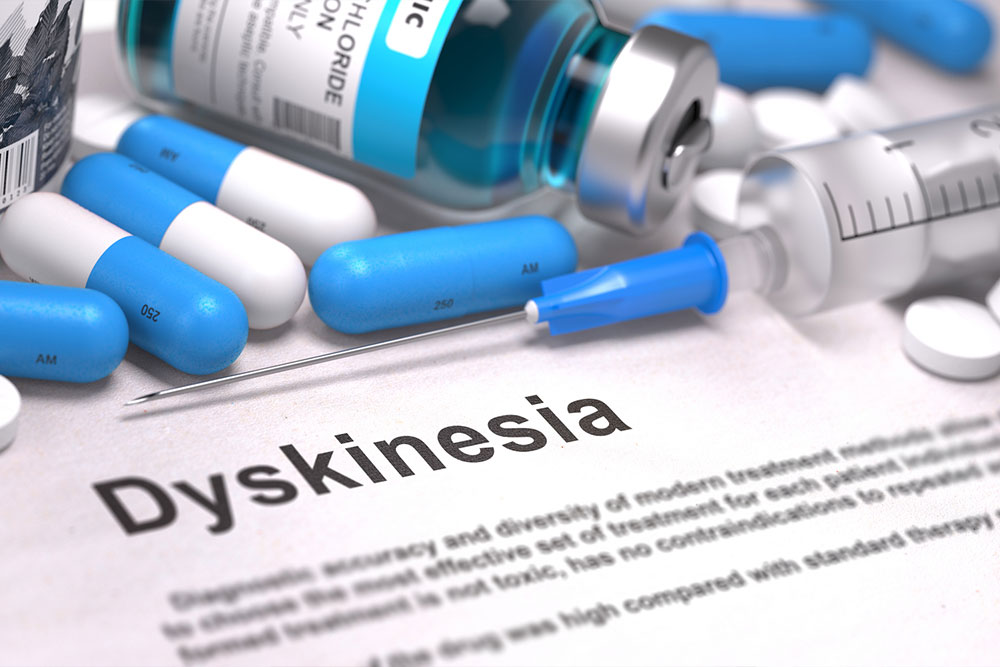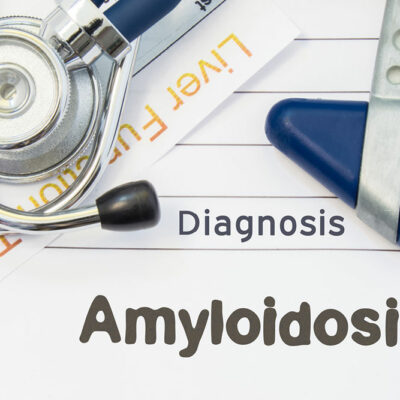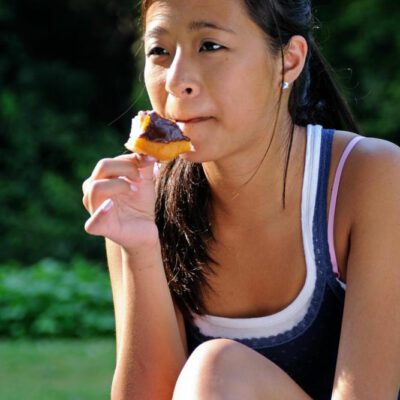
Symptoms and Treatments for Dyskinesia
The signs of dyskinesia can vary from person to person. These symptoms can be mild or critical depending on the severity of the disease. The mild signs generally include slight movements of the arms, head or legs, whereas the severe ones include involuntary movements of multiple body parts. However, if you follow some lifestyle tips for dyskinesia, you will easily be able to improve the severe symptoms of this disease.
Symptoms of dyskinesia are as follows:
- Wriggling
- Fidgeting
- Twitching
- Swaying of the body
- Bobbing of the head
- Restlessness
There are some factors which are necessary for treating dyskinesia. These factors help to determine how the treatment should take place. Lifestyle tips for dyskinesia can be of great help if you are looking to fight dyskinesia. Factors which help to determine the treatment are given below:
1. Age
Age determines the dosage and treatment of dyskinesia. Age is also very important for determining the amount in the dosage and type of dosage.
2. Severity of the symptoms
Based on the severity of the symptoms, the dosage and treatment for dyskinesia are determined. The severity of the disease determines the dosage, the amount in the dosage, the interval of the dosage, and the time of the dosage. Lifestyle tips for dyskinesia can also reduce the occurrence of the symptoms of dyskinesia.
3. Use of Levodopa
This factor depends on how long the medicine called Levodopa has been used by the patient. The longer the medicine has been used, the greater are the chances of getting dyskinesia.
4. Timing of the symptoms
It depends on whether the symptoms are worse when the effect of Levodopa has worn off. This will help the doctor to understand the nature and the type of dyskinesia.
5. Diagnosis of Parkinson’s disease
This factor depends on how long you have been diagnosed with Parkinson’s disease.
6. Treatment
Just like the symptoms, its treatment differs from person to person. The treatment is based on the symptoms one has and their severity. The lifestyle tips for dyskinesia can also help minimize the symptoms of dyskinesia.
Some of the treatment options for curing or reducing the symptoms of dyskinesia are given below:
- Taking Levodopa often and in smaller dosage
- Taking Levodopa at least 30 minutes before a meal to stop the protein from interfering with the absorption of food
- Adjusting the dosage of Levodopa to avoid fluctuations in the amount of dopamine in the system
- Taking Levodopa in continuous infusion
- Taking amantadine, which can treat the cause of dyskinesia
- Doing exercises like walking and swimming which are recommended by the doctor
- Using dopamine receptor agonists in early stages of dyskinesia through monotherapy
- Using stress management techniques, as stress can be bad for dyskinesia
- Undergoing deep brain stimulation, a surgical treatment to fight the severe symptoms of dyskinesia which is prescribed by a doctor when other treatments fail to achieve the desired success


